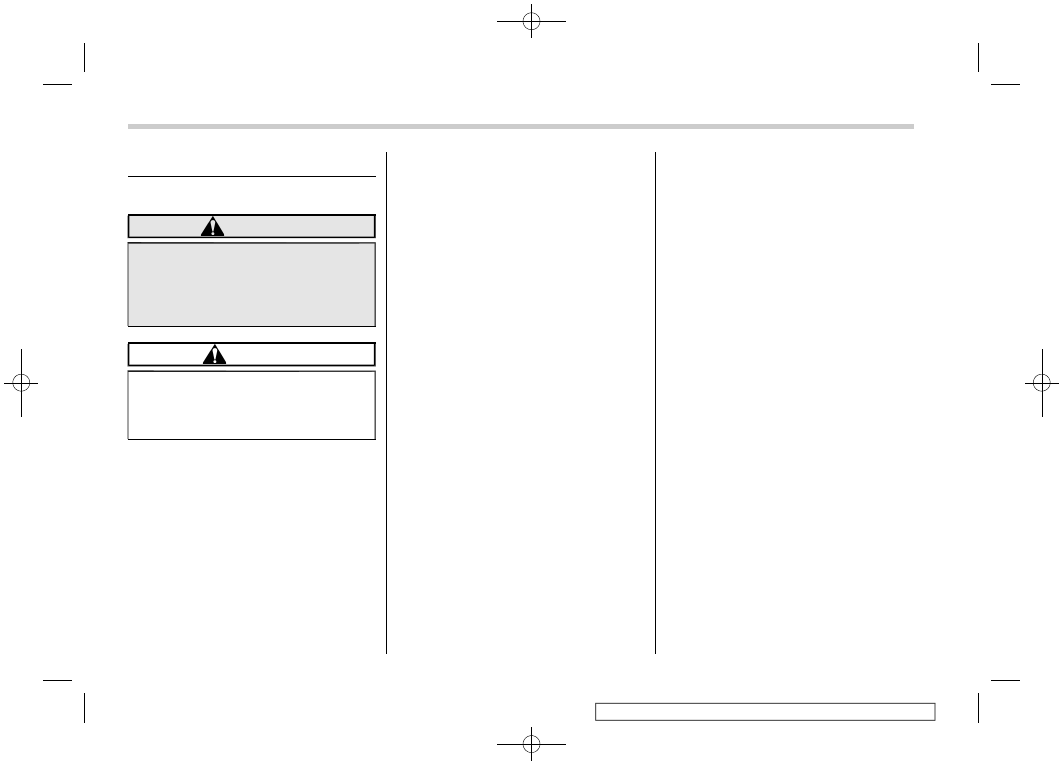Subaru Outback (2019 year). Instruction - part 30

(490,1)
北米Model "A2550BE-A" EDITED: 2018/ 5/ 9
Bulb chart
&
Safety precautions
WARNING
Bulbs may become very hot while
illuminated. Before replacing bulbs,
turn off the lights and wait until the
bulbs cool down. Otherwise, there is
a risk of sustaining a burn injury.
CAUTION
Replace any bulb only with a new
bulb of the specified wattage. Using
a bulb of different wattage could
result in a fire.
Specifications/Bulb chart
12-14